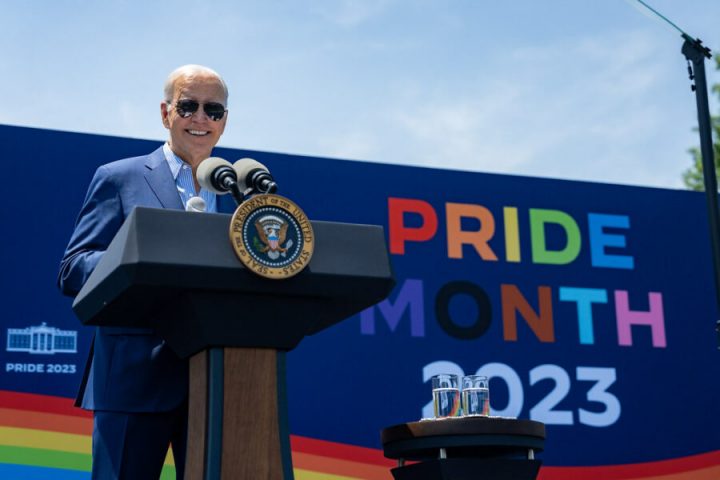By Jim Kenaston, The Stream, April 9, 2024
Jim Kenaston graduated from Messiah College with a B.A. in History (1983) and from Miami University with an M.En. in International Environmental Affairs (1990). In his writing, Jim hopes to offer encouragement to fellow Christians, or a constructive word of challenge to non-Christians, as he seeks to follow Christ with integrity through these times.
Despite all the uproar over the White House’s official proclamation of “Transgender Day of Visibility” being observed on Easter Sunday this year, it turns out it’s just one of 47 commemoration days or weeks that the LGBTQ+ community has sprinkled throughout the year — not including the entire month of June, which has been proclaimed “Pride Month.” Until last week, I was unaware that in 2009 an activist had declared March 31 to be “Transgender Day of Visibility.”
Easter, as we know, is based on a lunar calendar, so it falls within a range of dates from year to year. Apparently this new transgender commemoration hasn’t overlapped with Easter until this year, so we might consider its convergence on this past Easter Sunday as a “time bomb” of controversy that had been waiting to happen. Had it not, I would have overlooked it completely, much in the same way I fail to recall or observe Kwanzaa toward the end of each calendar year (which is another contrived observance, one that has its historical roots in the countercultural movement of the 1960s)….
Continue reading >>>>>>>>







